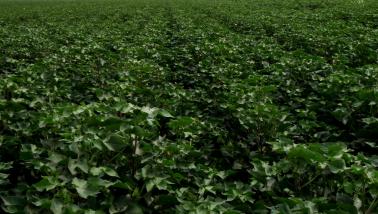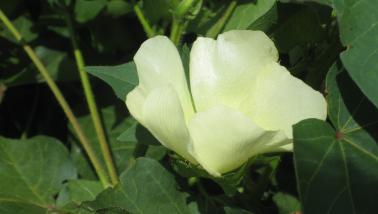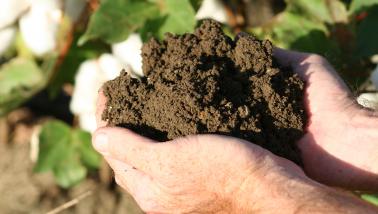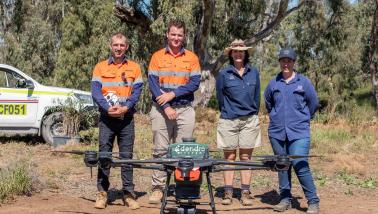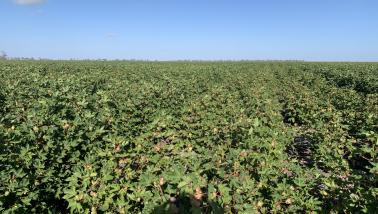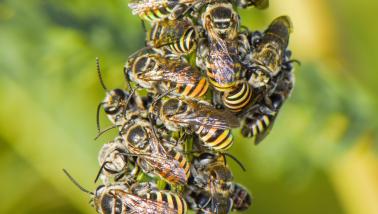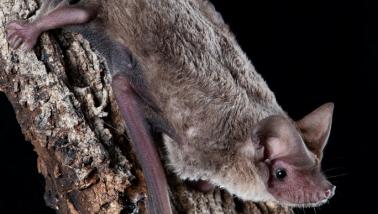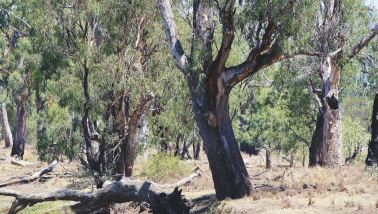We are working to improve sustainability in 9 key areas
Productivity: More cotton per hectare
Our goal is to increase Australian cotton yield and quality within sustainable environmental boundaries.
This aligns to UN SDG 2.4: implement resilient agricultural practices that increase productivity, help maintain ecosystems, strengthen capacity for adaptation to climate change, and improve land and soil quality.
Why is this a priority?
With the world’s population forecast to increase from 7.7 billion in 2018 to 9.7 billion in 2050, farmers all around…

